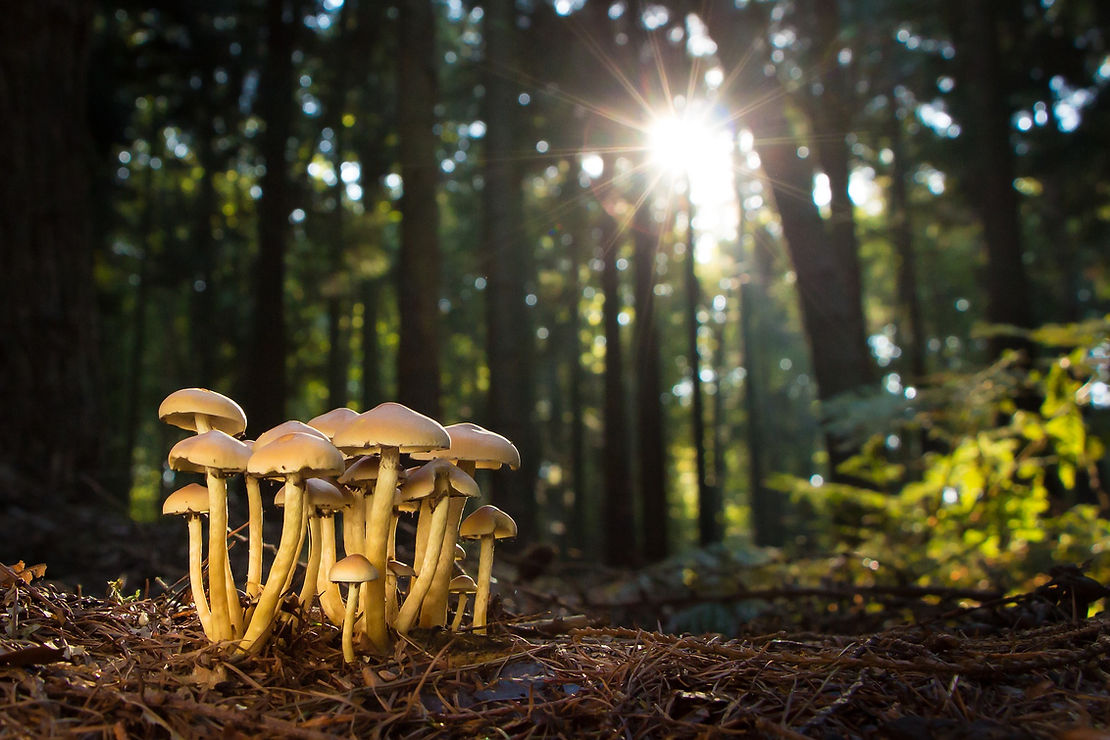By: Jayden Ho
Amidst the growing climate crisis and environmental degradation, a beacon of hope has emerged from the most unexpected of sources: the largely overlooked world of fungi. Biologist and author Merlin Sheldrake argues these ancient organisms may hold the key to combating the rise in atmospheric carbon dioxide levels and safeguarding our future.
Sheldrake, author of “Entangled Life: How Fungi Make Our Worlds, Change Our Minds, and Shape Our Futures,” is renowned for his extensive research on fungal networks and their vital role in ecosystems. “Fungi are a kingdom of life that have not had a kingdom’s worth of attention,” he states, emphasizing the overlooked importance of these silent life enablers.
Fungi have played a critical role in Earth’s evolution, having enabled the first aquatic plants to venture onto land about 500 million years ago. Functioning as rudimentary roots for these early plants, fungi systems facilitated nutrient exchange and helped the plants gradually adapt to terrestrial environments. This symbiotic relationship also transformed the planet by reducing atmospheric carbon dioxide levels by 90 percent. This shift helped establish the conditions for life as we know it.
Today, as human activities significantly elevate atmospheric carbon dioxide levels, scientists and fungi enthusiasts are exploring the potential of these organisms to draw down carbon and help sustain life on Earth.
Technological advancements in the last couple of decades have led to fascinating discoveries about fungi. They have raised awareness about their fundamental roles in the interconnectedness of the living world. From antiviral compounds protecting honey bees from colony collapse disorder to breaking down toxic pollutants and even the production of sustainable materials, fungi demonstrate tremendous potential for ecological conservation and restoration.
Despite their importance, fungi are often ignored in mainstream conservation efforts. Addressing this disparity, Sheldrake is working with organizations like the Society for the Protection of Underground Networks, Fauna Flora Funga, and the Fungi Foundation to raise awareness about fungi’s vital role in the biosphere, and to integrate their conservation in global frameworks.
As a primarily visual species, humans often neglect the unseen, yet crucial, mycorrhizal networks beneath the soil surface. Also called mycelium networks, they consist of fungi roots which weave an intricate web with plant roots. They enable nutrient exchange and facilitate communication among plant communities. These networks play an essential role in carbon sequestration and nutrient fluxes within ecosystems, factors critical to combating the escalating climate crisis.
Sheldrake’s work urges us to reassess our understanding of the living world. Fungi challenge conventional thinking and demand attention for their role in our ecological health and potential solutions for global issues. As our planet faces the global warming crisis, the previously overlooked world of fungi steps into the spotlight, promising radical ecological possibilities.











